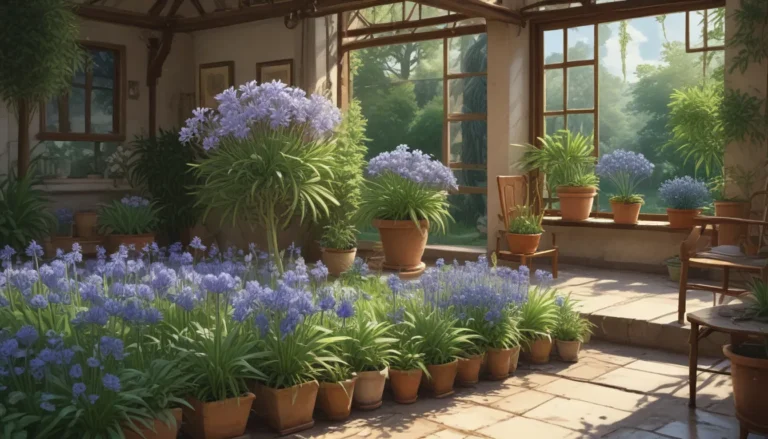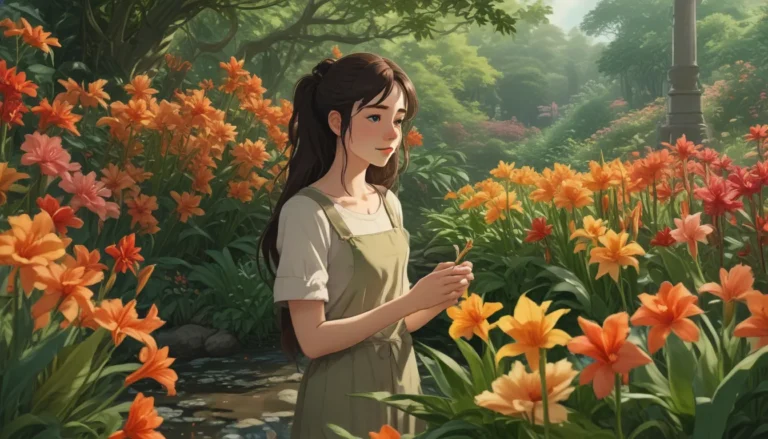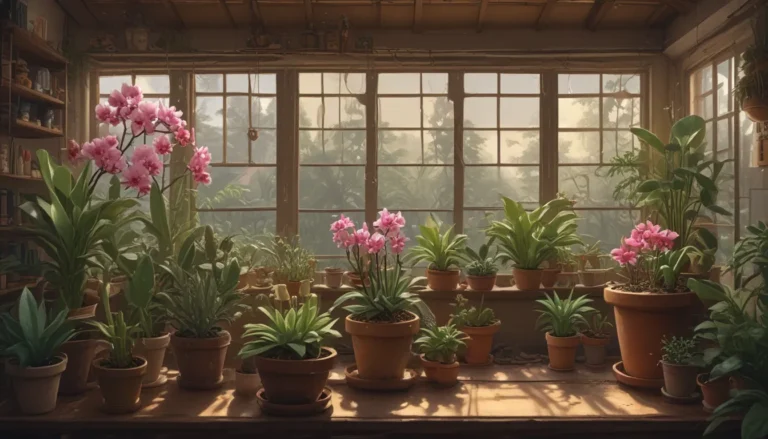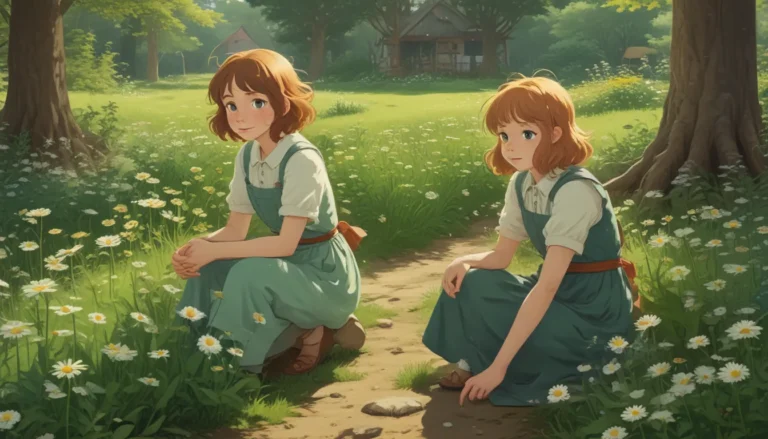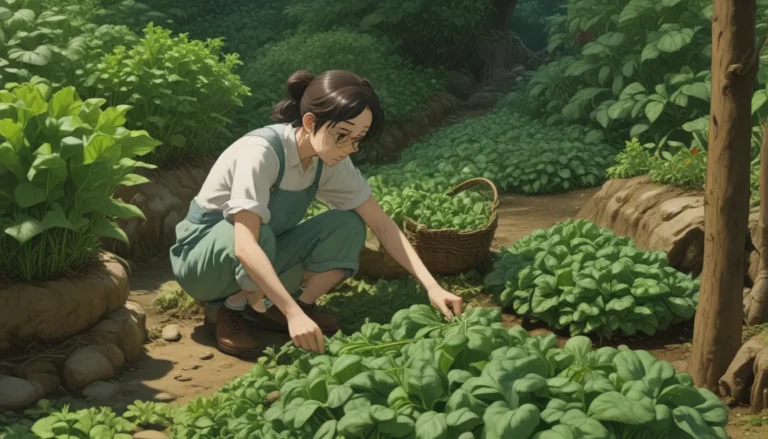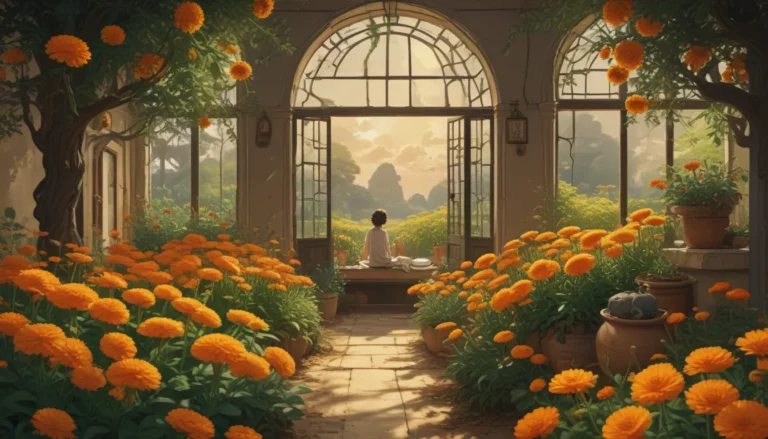A Comprehensive Guide to Growing and Caring for Cast Iron Plants
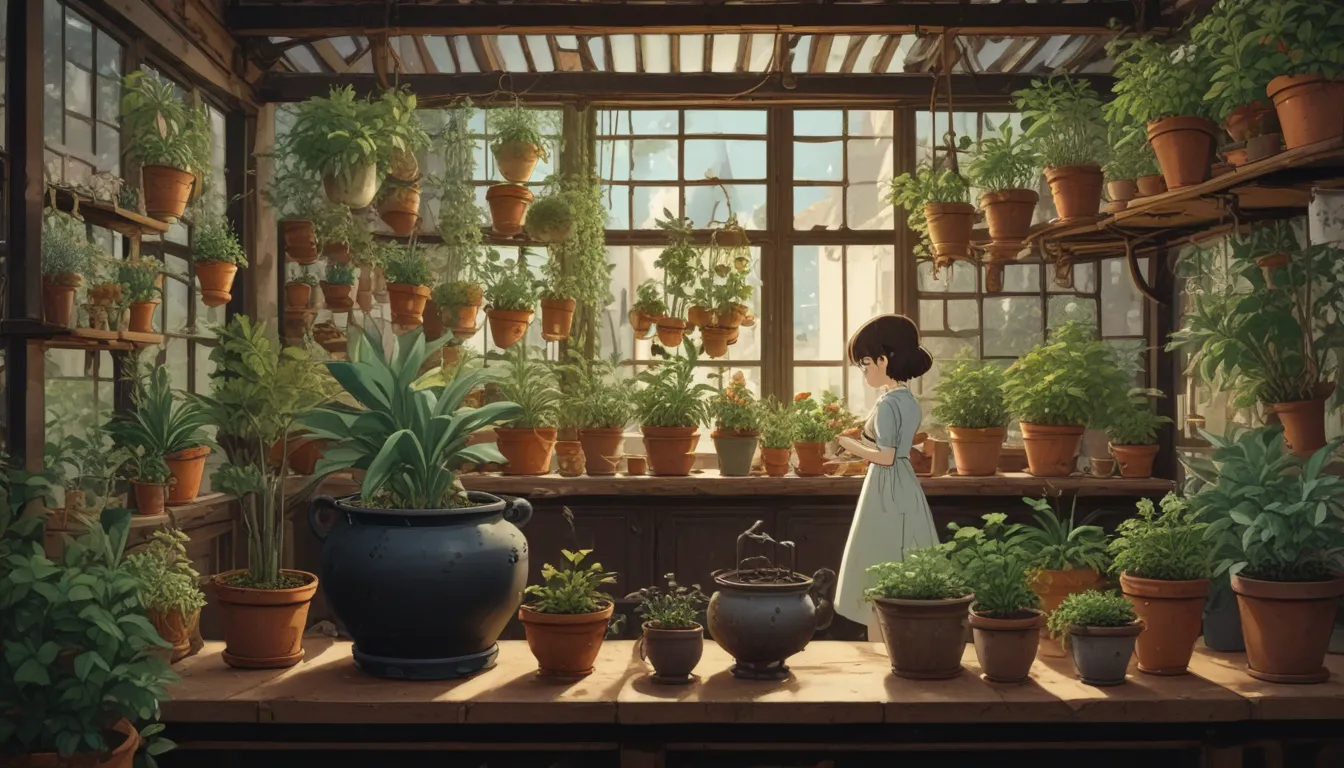
Aspidistra elatior: The Tough and Resilient Houseplant
Have you ever come across a plant with a name like cast-iron plant and wondered why it’s called that? Well, when it comes to Aspidistra elatior, also known as the cast-iron plant, the name fits perfectly. This tropical evergreen is exceptionally tough and resilient, making it an ideal choice for even the most neglectful of plant parents.
Despite its tough exterior, the cast-iron plant is surprisingly adaptable to a variety of conditions. Whether you struggle to remember to water your plants, have limited access to sunlight, or simply lack a green thumb, this plant can thrive with minimal care. It’s no wonder why many gardening enthusiasts rave about the cast-iron plant’s ability to withstand neglect and still look beautiful.
In this in-depth guide, we’ll explore everything you need to know about growing and caring for cast iron plants.
What You’ll Learn
Here’s what we’ll cover in this comprehensive guide:
- What Is a Cast Iron Plant?
- Cultivation and History
- Propagation
- How to Grow
- Growing Tips
- Pruning and Maintenance
- Cultivars to Select
- Managing Pests and Disease
- Best Uses
- Quick Reference Growing Guide
If you’re tired of struggling with finicky houseplants and want to add a resilient and low-maintenance plant to your collection, the cast-iron plant is the perfect choice.
What Is a Cast Iron Plant?
Native to Taiwan and the southern islands of Japan, the cast-iron plant is a tropical evergreen that thrives in the understory of forests. It features long, glossy green leaves that may have stripes or spots. While it rarely flowers indoors, the plant produces purple blooms that attract fungus gnats.
Cultivation and History
The Aspidistra genus, which includes around 100 species, was first described in 1822 and gained popularity in the UK and the US over the following decades. Thanks to its ability to thrive in less-than-ideal conditions, the cast-iron plant became a symbol of a middle-class lifestyle in the Edwardian and Victorian eras.
Propagation
Due to its unusual method of pollination, seeds are not readily available for the cast-iron plant. Instead, the plant can be easily propagated through division. By dividing the plant’s rhizome and roots, you can create new specimens with minimal effort.
How to Grow Cast Iron Plants
The cast-iron plant is incredibly resilient and can adapt to a range of conditions. It thrives in low light, dry air, and sparse watering, making it an excellent choice for beginners or busy plant owners. Avoid direct sunlight, water sparingly, and maintain a hands-off approach to caring for this plant to ensure its health and vitality.
Growing Tips
- Keep out of direct sunlight
- Water when the top two inches of soil dry out
- Wipe the leaves every few months to remove dust
Pruning and Maintenance
Cast-iron plants stay relatively small, so repotting is only necessary every few years. Refresh the soil during repotting to ensure optimal growth and health. Trim yellowing leaves and divide the plant as needed to maintain its size and shape.
Cast Iron Plant Cultivars to Select
While the cast-iron plant is often sold under its generic name, there are several stunning cultivars available. Look for plants with unique patterns and colors, such as ‘Asahi’ and ‘Ginga Giant,’ to add variety to your plant collection.
Managing Pests and Disease
While the cast-iron plant is relatively pest and disease-resistant, it can occasionally be affected by scale insects, spider mites, and root rot. Monitor your plant closely for signs of infestation or disease and take prompt action to prevent further damage.
Best Uses for Cast Iron Plants
Aspidistra elatior is excellent as a potted specimen, either alone or paired with other plants. It can thrive in deep or shallow containers, making it a versatile choice for indoor or outdoor use. Consider using the cast-iron plant as a ground cover in suitable zones for added greenery and beauty.
Quick Reference Growing Guide
Here’s a quick overview of the key details about growing cast iron plants:
– Plant Type: Herbaceous evergreen
– Flower/Foliage Color: Purple/green, green with yellow, green with white
– Native to: Japan, Taiwan
– Tolerance: Drought, low humidity, low light
– Hardiness (USDA Zone): 7-11
– Maintenance: Low
– Exposure: Bright, indirect light
– Soil Type: Well-draining potting soil
– Time to Maturity: 5 years
– Soil pH: 6.5-7.5
Every Bit as Tough as Their Name Suggests
The cast-iron plant lives up to its name by being resilient, low-maintenance, and adaptable to a variety of conditions. Whether you’re a seasoned gardener or a newbie plant parent, this tropical evergreen is a fantastic addition to any indoor or outdoor space. With its glossy green leaves and unique history, the cast-iron plant is sure to capture the hearts of plant enthusiasts everywhere.
Are you inspired to add a cast-iron plant to your collection? Share your thoughts and experiences in the comments below. And remember, no matter how tough the conditions, the cast-iron plant will stand strong and beautiful in your home or garden.
